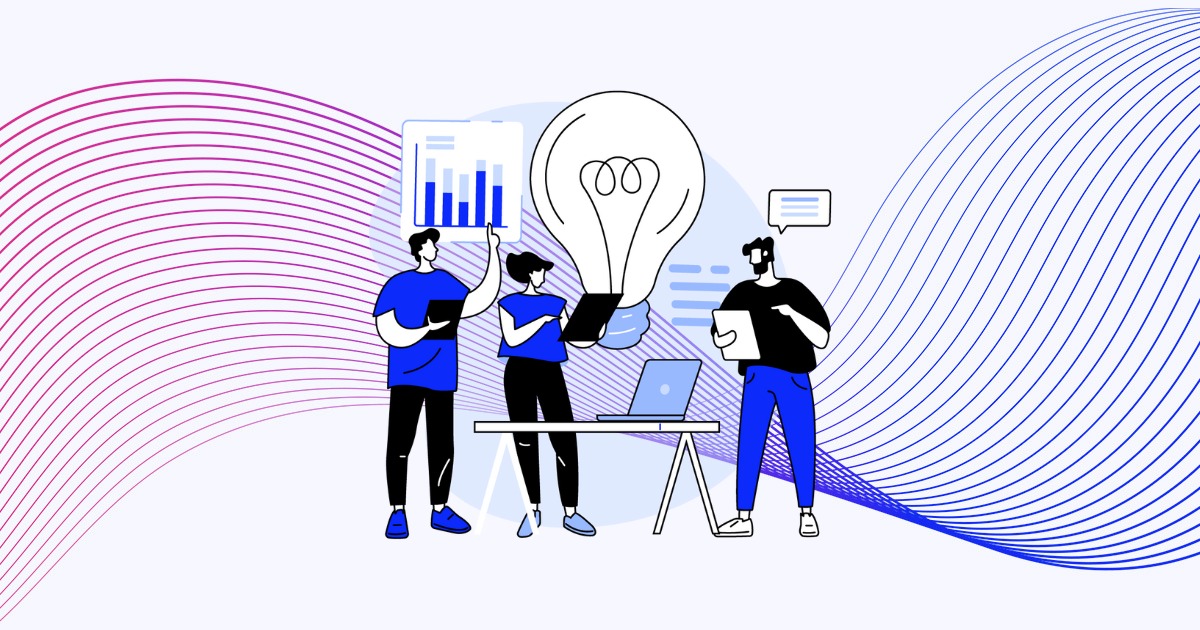How to align ERGs with business strategy
3 min read
| Published on
Employee Resource Groups (ERGs) are some of the best tools available to foster inclusion, build community, and amplify everyone’s voices in the workplace. But effective ERGs do far more than create belonging. They also can become strategic engines that fuel innovation, talent strategy, and productivity, supporting organizations as they strive to meet their bottom lines.
Here are five ways ERGs can align their work with organizational strategy.
1. Allow ERGs to lead initiatives, not just support them.
To encourage ERGs to make an impact on company culture, they should be regarded not only as workplace communities, but as influential drivers of change. Think of ERGs as training grounds where future leaders emerge with developed skills in community building and collaboration. When executives and employees view ERGs as talent incubators, those ERGs are empowered to drive real innovation.
This becomes a positive feedback loop. As leadership pipelines, ERGs are able to scale with intention, turning early momentum into long-term impact. They create cultures where inclusion reaches every corner of the organization, from the factory floor to the executive suite.
2. Incorporate storytelling into your strategy.
Narrative storytelling is a powerful tool to promote ERG impact and success. Leaders can leverage powerful stories both internally and externally, attracting engagement from current employees and drawing prospective clients, talent, and community partners.
By combining qualitative feedback with quantitative data, ERGs can craft compelling narratives that resonate with senior leadership. The best stories pair testimonials with metrics, such as those discussed above. To promote leadership buy-in, they also translate the ERG’s impact into business language (e.g., recruitment, client engagement).
3. Metrics matter. Show the value of ERGs through data.
There is more to proving ERG value than anecdotal success stories, however. Presenting measurable, quantitative impact can secure funding and leadership buy-in, encouraging ERGs to align their efforts with overall business strategy.
During the panel “Funding the future: Proving ERG value to secure long-term support” at ENERGIZE 2025, speakers from Avery Dennison and Sanofi shared how they use data to demonstrate ERG efficacy. Here are some examples:
- Engagement surveys can demonstrate the benefits of ERGs, showing that members score higher on engagement and inclusion metrics.
- Tracking attrition, event satisfaction, and career mobility as KPIs can show the ROI. Sanofi has linked ERG participation to retention and employee trust, reinforcing the connection between inclusion and business outcomes.
4. Know your "why” —and make it matter.
Without a clear strategy to advance business goals, leadership support will be difficult to secure. While the case is clear that ERGs can inspire and transform workplace culture, more organizations struggle to prove why they are necessary—not just nice to have. This is especially important in the face of pushback.
Know how ERGs contribute to recruitment, leadership development, and innovation. This will help prove why ERGs should matter to workers at every level of the organization.
5. Build sustainable ERGs through succession and sponsorship.
Long-term ERG success depends on succession planning and middle management buy-in. ERGs must be embedded into the organizational structure, rather than treated as side projects. This means cultivating new leaders, securing consistent funding, and building resilience against burnout.
HR practitioners can support succession planning by creating guides for new ERG leaders, scheduling consistent check-ins with current leaders, and welcoming potential future leaders into the conversation.
Next steps
Discover more findings from ENERGIZE 2025 — where ERG members, leaders, and sponsors discover the latest research-backed trends to advance their work.